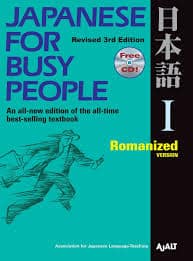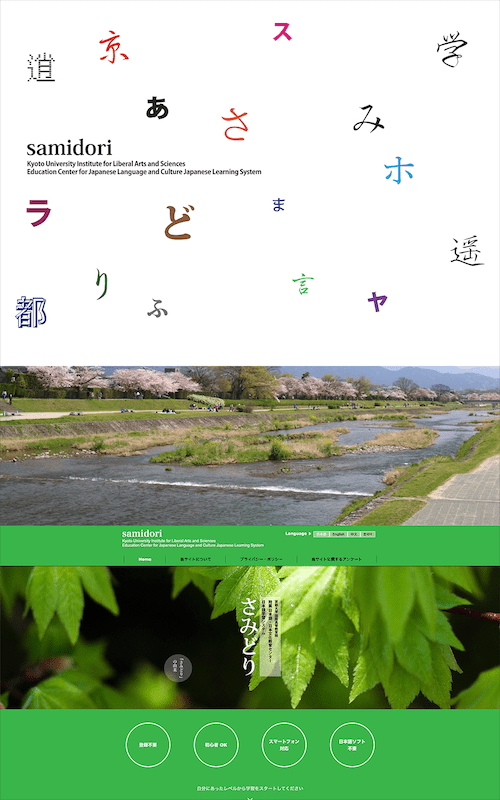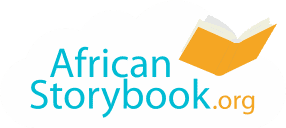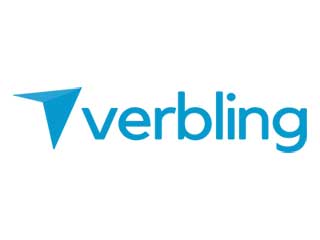Japanese For Busy People Mini Review: Not That Great
In this post we review Japanese For Busy People. It’s not my top pick for learning Japanese, and here’s why….
Japanese For Busy People
Summary
Japanese For Busy People is a popular textbook series, but unless you’re set on learning business vocabulary, we think there are better books available. The biggest issue with this series is that you won’t learn how to write Japanese in the standard version, which only uses romaji. This not only makes it impossible to read or write, but also means learning the pronunciation is much harder. You can purchase a kana version of the textbook instead, but even that doesn’t teach kanji until the second volume. The grammar explanations are quite superficial, while the vocabulary is limited and tends to be business-oriented. If you’re learning Japanese to travel, watch anime, or study in Japan, you might become frustrated with the material. In its favor, it includes a variety of exercises and practice drills. However, we believe there are better Japanese textbooks available. We recommend trying Genki or Minna no Nihongo instead.
Japanese For Busy People Mini Review: Not That Great Read More »











